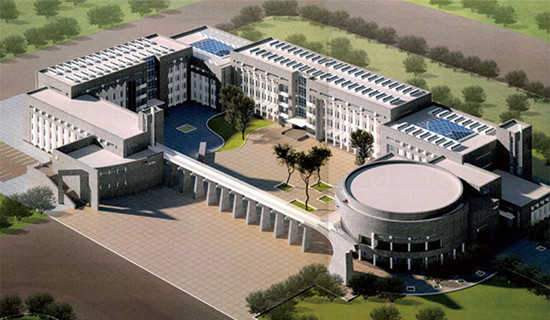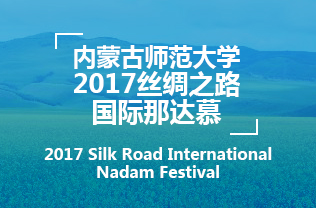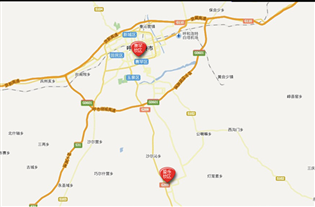Art College

Launched in 1954, the Inner Mongolia Normal University Art College, the first and largest of its kind in the autonomous region, has a history of more than 60 years. Dubbed "the cradle of fine arts and art education" in Inner Mongolia, the college has cultivated more than 8,000 artists for the autonomous region in the past six decades.
Located at the IMNU Shengle Campus in Hohhot, the Art College has always been nurtured by local ethnic groups and culture in the China-Mongolia border area. In 2008, the college's Fine Arts program was selected by the Ministry of Education as one of the characteristic programs of Chinese colleges and universities. In 2009, the college's core courses faculty was honored as one of the provincial-level teaching teams. In 2013, the Fine Arts program was named one of the pilot programs for curriculum reform at colleges and universities by Inner Mongolia's Department of Education, while the Arts of Ethnic Minorities was named one of Inner Mongolia's key disciplines. Fine Arts, Art Design and Painting were selected to be the autonomous region's key specializations in 2005, 2007, and 2011, respectively. In 2008, the Art Design Laboratory was honored the "Demonstration Center for Experimental Education" of Inner Mongolia. In 2009, the Industrial Design Laboratory was selected to be one of the Laboratories for Characteristic Advantageous Disciplines Co-built by Central and Local Governments. The laboratory became one of the Key Laboratories for Ethnic Product Design Research at Inner Mongolia's Colleges and Universities in 2010, and in 2011 it joined the ranks of Inner Mongolia's Key Laboratories for Industrial Product Design Research. In 2000, the Art College was given the award of "Advanced Fine Arts Education Institution" by the Chinese Ministry of Education.
The Art College has nine departments and education & research offices -- Chinese painting, oil painting, printmaking, watercolor painting, graphic design, environmental art design, industrial design, animation, and fine art theory -- and a center for experimental education. It offers programs in Fine Arts (Chinese Painting, Oil Painting, Printmaking, and Watercolor Painting), Painting (Chinese Painting, Oil Painting, Printmaking, and Watercolor Painting), Graphic Design, Environmental Art Design, Product Design and Animation. The college also runs an experimental class under a teacher cultivation plan of the Ministry of Education. In addition, the school has an art gallery, an office of administrative and teaching management, an office of students' affairs and a general branch of the Communist Youth League. It began to enroll master's students in 1978, and was approved to offer master's programs in Fine Arts in 1986, followed by Art Design and Arts of Ethnic Minorities in 2000. It was approved to run MEd programs in Fine Arts in 2002 and MFA programs in 2009.
Currently, the college has two academic master's programs: Fine Arts and Design. It also offers two types of professional master's degrees -- the MFA and MEd (Fine Arts), which are available in 12 sub-disciplines: Arts of Chinese Ethnic Minorities, Chinese Painting, Oil Painting, Printmaking, Watercolor Painting, Animation, Art History and Theory, Research on Fine Arts of Northern Ethnic Minorities, Visual Communication and Media Design, Environmental Design, and Industrial Design.
The college has an independent teaching and experiment building, with a floor area of more than 26,190 square meters. The building is equipped with modern multimedia facilities for purposes of education, exhibition and academic research. It also has a collection of more than 1,000 masterpieces by renowned artists, 1,200 artworks by outstanding graduates, and 15,000 books and audio/video items.
The college has a major influence in Inner Mongolia. It is widely praised due to its efforts to integrate education concepts and resources with modern technologies and teaching techniques.



 Print
Print Mail
Mail

